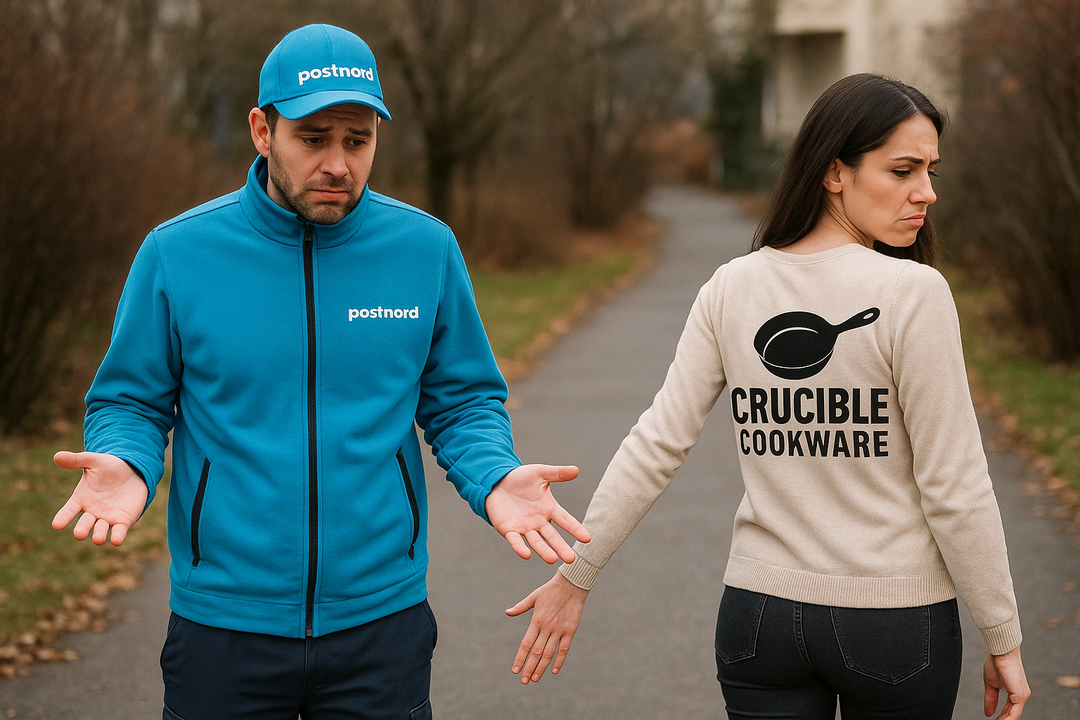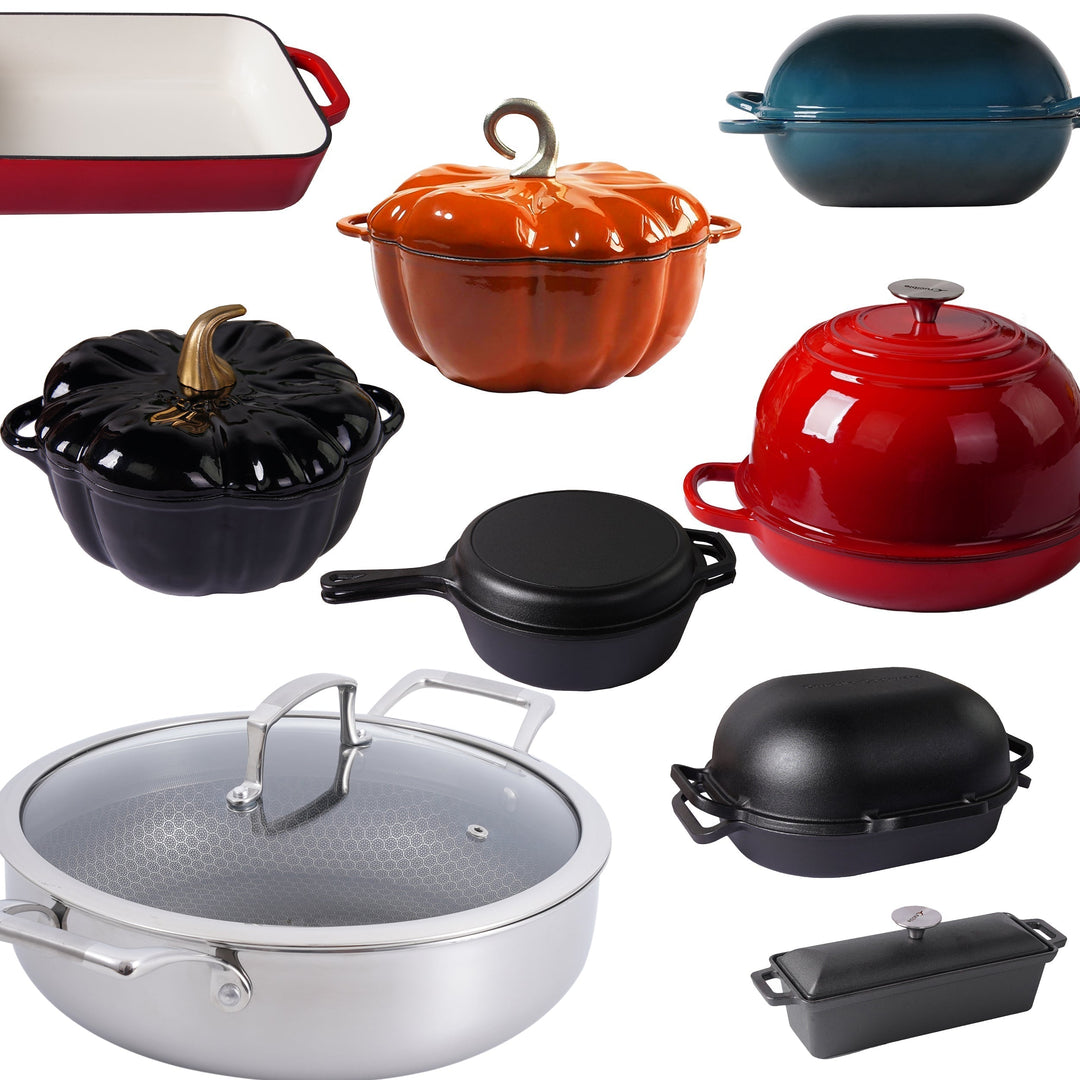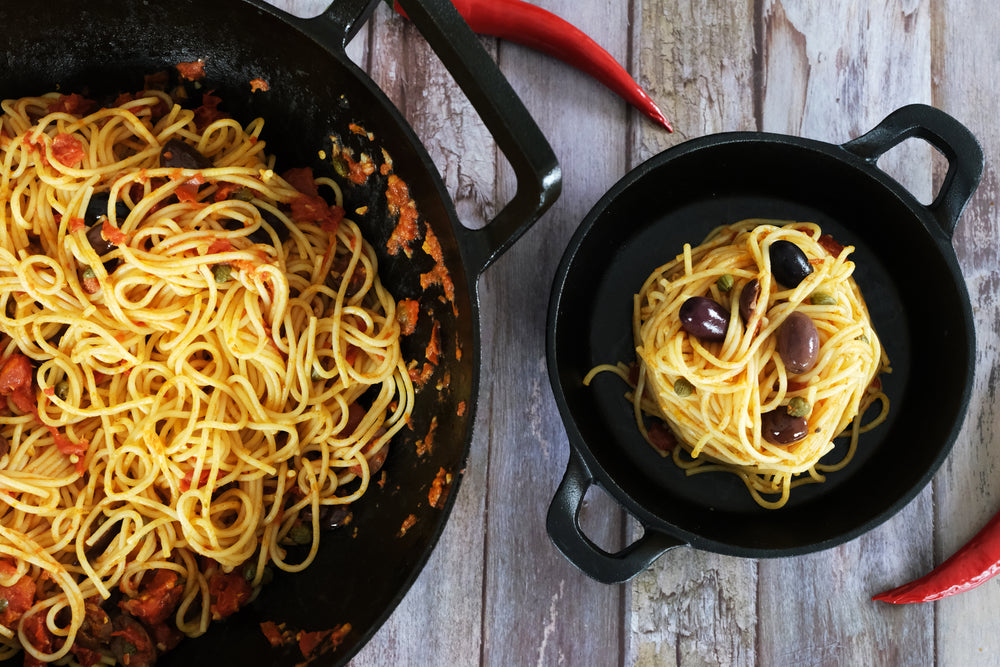Hva er forskjellen mellom steking og svetting i matlaging?

I matlaging er steking og svetting to forskjellige teknikker som brukes for å tilberede ingredienser. De involverer forskjellige varmegrader og matlagingsmetoder, noe som resulterer i ulike utfall. Her er en oversikt over forskjellene mellom steking og svetting:
-
Varmegrad:
- Steking: Steking innebærer vanligvis å koke mat på høy varme. Det gjøres ved å bruke olje eller fett oppvarmet til en relativt høy temperatur, ofte mellom 175°C og 190°C (350°F til 375°F).
- Svetting: Svetting er en matlagingsmetode som utføres på lavere varme. Det innebærer å koke mat på lav til middels varme uten å brune ingrediensene.
-
Matlagingsmetode:
- Steking: Steking er en tørr varme-metode hvor maten dyppes i varm olje eller fett. Maten kokes raskt når den kommer i direkte kontakt med den varme oljen eller fettet, noe som resulterer i en sprø og brunet overflate.
- Svetting: Svetting er en fuktig varme-metode som innebærer å koke mat sakte i en liten mengde fett eller væske, vanligvis dekket med lokk. Maten frigjør fuktighet, og dampen som dannes hjelper til med å koke ingrediensene forsiktig uten å brune dem.
-
Resultat:
- Steking: Steking gir en sprø og brunet tekstur på utsiden av maten. Det brukes ofte til å tilberede matvarer som pommes frites, kylling eller smultringer, hvor en sprø tekstur er ønsket.
- Svetting: Svetting har som mål å myke opp og trekke ut fuktighet fra ingrediensene uten å brune dem. Det brukes ofte som et forberedende trinn i oppskrifter for å utvikle smaker og frigjøre de naturlige saftene i grønnsaker eller aromater som løk og hvitløk.
-
Bruk:
- Steking: Steking passer for matvarer som krever en sprø og gyllen tekstur, og hvor en rask tilberedningstid er ønsket. Det brukes ofte til å steke mat som kjøtt, grønnsaker og deigbaserte produkter.
- Svetting: Svetting brukes ofte som et utgangspunkt for mange retter, spesielt i oppskrifter hvor en mykere, gjennomsiktig eller søtere smak er ønsket. Det brukes ofte til å sautere grønnsaker og utvikle basen for supper, gryteretter eller sauser.
Det er viktig å merke seg at begge teknikkene har sin plass i matlaging, og valget mellom steking og svetting avhenger av ønsket resultat og den spesifikke oppskriften du forbereder.
















Legg igjen en kommentar